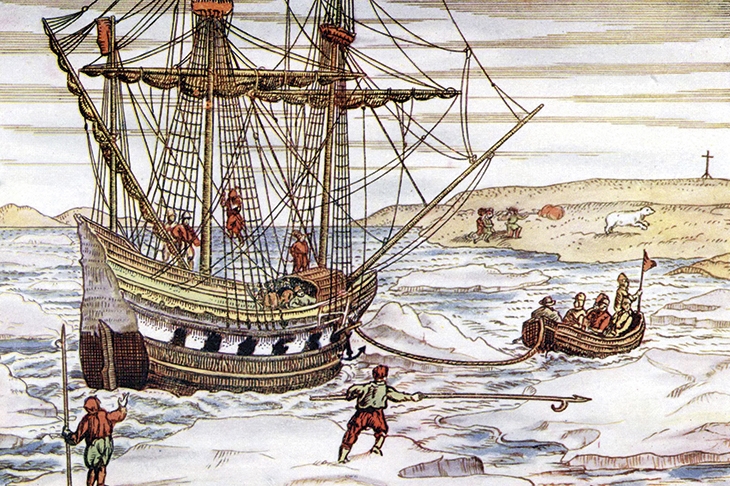Narratives of frozen beards in polar hinterlands never lose their appeal. Most of the good stories have been told, but in Icebound Andrea Pitzer fills a gap, at least for the popular reader in English, with the story of the 16th-century Dutch mariner William Barents. He sailed further north than any man before him and lives still, on the map, with an eponymous sea off the northern coasts of Norway and Russia.
In 1594, during the third decade of his country’s war with Spain, Barents voyaged to the unknown Nova Zembla (‘New Land’ in Dutch), planning to find a route to the fabled riches of Cathay. The notion of a navigable northern ocean had tantalised explorers since the Ancient Greeks, and geographers in Amsterdam thought the North Pole would be warm.
The Dutch Republic was just over a decade old when Barents set out, and certainly not the economic and naval powerhouse it would become. But, writes Pitzer, ‘with the flexibility, speed and economy of its shipbuilding ascendant, the new [country] found itself in the perfect position to stake a claim as a maritime empire’.
Twelfth Night was celebrated with a special treat of one wheaten biscuit per man
An American journalist whose previous books include One Long Night: A Global History of Concentration Camps, Pitzer is an able guide to Barents’s three Arctic voyages. On the first he piloted a three-masted vessel to 77° North, closer to the Pole than any European before him, and saw a bear that was white before the ice chased him home. On the second, in 1595, this time as coxswain and captain, not commander, seven men died, two in the jaws of a bear; then five were hanged for mutiny.
Who was Barents? Pitzer does not really know, and nor does anyone else.








Comments
Join the debate for just £1 a month
Be part of the conversation with other Spectator readers by getting your first three months for £3.
UNLOCK ACCESS Just £1 a monthAlready a subscriber? Log in